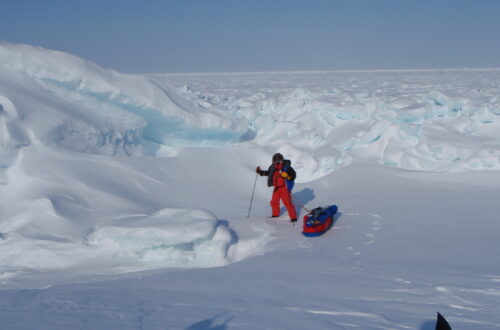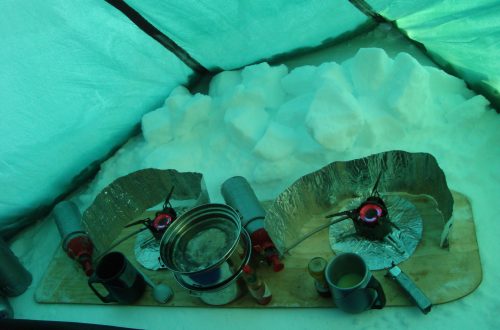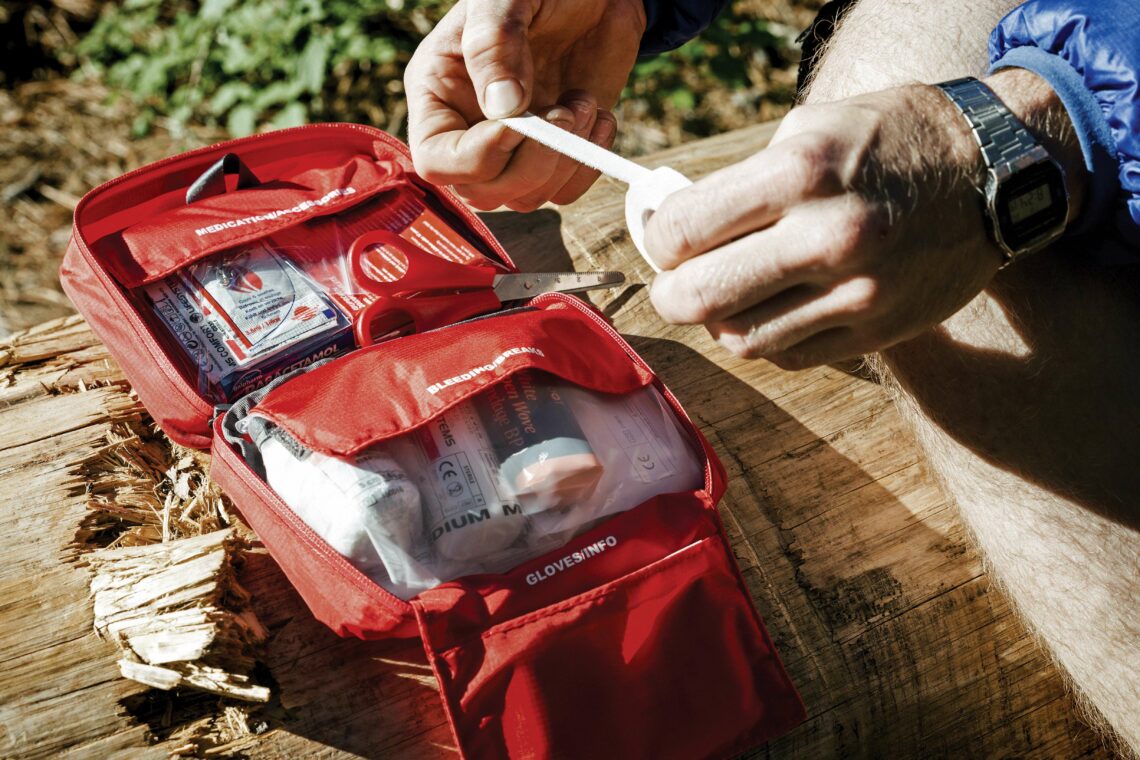
Essential First Aid Kit : Tailor for Your Outdoor Activities
Always carry a First Aid Kit on any impromptu or guided outdoor adventure!
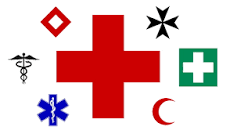
First Aid Kit / Medical Kit is a collection of supplies and equipment used to give immediate medical treatment, primarily to treat minor injuries, such as cuts, burns, blisters, sprains, and insect bites, as well as provide some relief for pain, fever, diarrhoea, and allergies. A first aid kit can also help you prevent infections and stop bleeding in case of more serious wounds.
There are many types of first aid kits available, depending on your needs and preferences; especially if you are travelling to remote areas or engaging in outdoor activities.. Some fundamentals to consider when choosing a first aid kit >
- The size and weight of the kit. For solo adventures the best would recommend the Adventurer First Aid Kit. However, if you’re travelling further afield then the Solo Traveller kit is perfect choice.
- For group adventures, or Mountain Leader Pro First Aid Kit treats more people and therefore would probably be the best.
- The contents of the kit. You want a kit that has the basic items for treating common injuries and illnesses, such as bandages, gauze, tape, scissors, tweezers, antiseptic wipes, antibiotic ointment, painkillers, antihistamines, anti diarrhoea (imodium) tablets, re-hydration sachets (dioalyte), and a thermometer. You may also want to add some extra items that are specific to your destination or activity, such as sunscreen, insect repellent, water purification tablets (oasis), altitude sickness medication (diamox), snake bite kit, or a survival blanket.
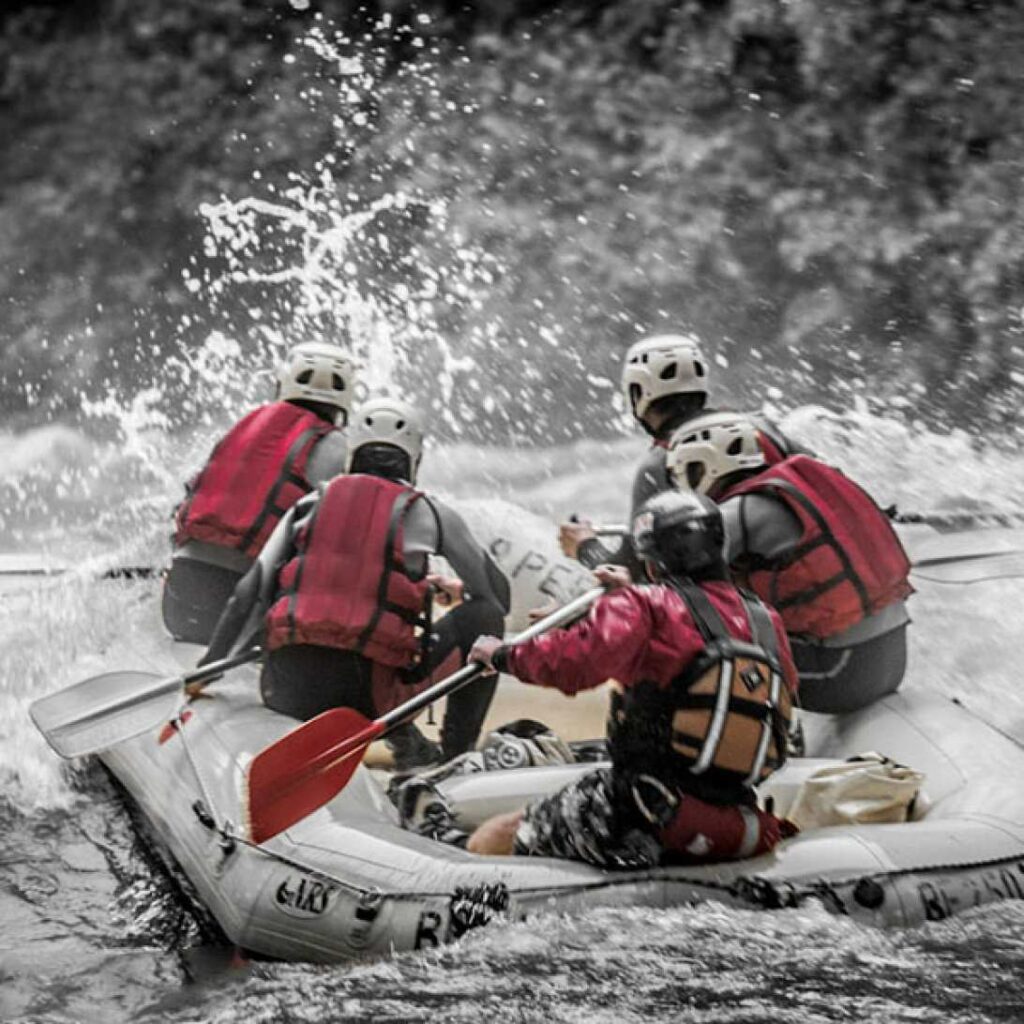
Marine First Aid Kits need to be waterproof; as do plasters and guidance sheet; sea sickness tablets (Dramamine or Bonine) are handy!!
You want a kit that is made of sturdy and water resistant material, so it can withstand harsh conditions and protect your supplies from moisture and dirt. You also want a kit that has a clear and organised layout, so you can easily find what you need in an emergency.
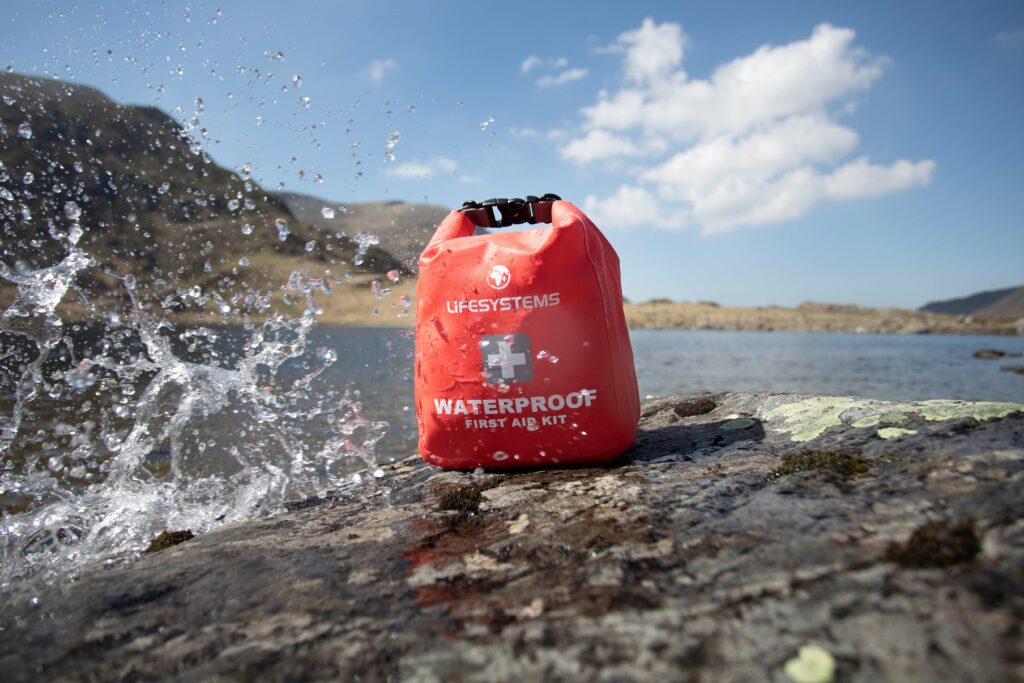
My Personal Basic First Aid Kit for the Outdoors – Tailor your Kit to suit your Adventure
My Basic Supplies
- Adhesive Bandages (Various Sizes): For minor cuts and scrapes.
- Sterile Gauze Pads and Roll: For larger wounds.
- Medical Tape: To secure gauze and bandages.
- Antiseptic Wipes: To clean wounds.
- Antibiotic Ointment: To prevent infection.
- Hydrocortisone Cream: For insect bites and skin irritations.
- Tweezers: For splinter or tick removal.
- Scissors: To cut tape, gauze, or clothing.
- Safety Pins: To secure bandages or create a makeshift sling.
- Cotton Balls and Swabs: For cleaning and applying ointments.
Medications
- Pain Relievers (Ibuprofen, Acetaminophen): For headaches, pain, and fever.
- Antihistamines (Benadryl): For allergic reactions.
- Anti-diarrheal Medication: For digestive issues.
- Personal Prescriptions: Any medications specific to your needs.
Basic Equipment
- Instant Cold Packs: For sprains or bruises.
- Elastic Bandage (ACE wrap): For sprains and strains.
- CPR Mask: For rescue breathing. (optional).
- Thermometer: For monitoring body temperature.
- Emergency Blanket: For warmth or to treat shock.
- First Aid Manual or Instructions: To guide treatment.
Personal Items
- Sunscreen: To prevent sunburn.
- Insect Repellent: To avoid bites.
- Lip Balm with SPF: To protect lips.
- Hand Sanitizer: For hand hygiene.
Specialty Items
- Moleskin or Blister Treatment: For blister prevention and care.
- Water Purification Tablets: In case of emergency hydration needs.
- Burn Cream: For minor burns.
- Snake Bite Kit: If traveling in areas with venomous snakes. (Research – ask the locals!)
Miscellaneous
- Notepad and Pen: To record important information or instructions.
- Emergency Contact Information: Easily accessible for emergencies.
- Small Flashlight or Headlamp: For visibility during night time emergencies.
- Whistle: For signaling help.
Packing Tips
- Waterproof Container: Keep your first aid items dry.
- Lightweight and Compact: Easy to carry without adding much weight.
- Regularly Check and Replenish: Ensure items are not expired and kit is fully stocked.
Having these items in your first aid kit can help you manage minor injuries and ailments effectively while on an outdoor adventure, ensuring a safer and more enjoyable experience.
I hope this information helps you select the most suitable first aid kit / medical kit for your adventure. Stay safe and have fun!
**I want to tell you more about my extraordinary journey.
#livealifetodiefor #firstaid #watersports #lifesystemsuk #itsrogerx


